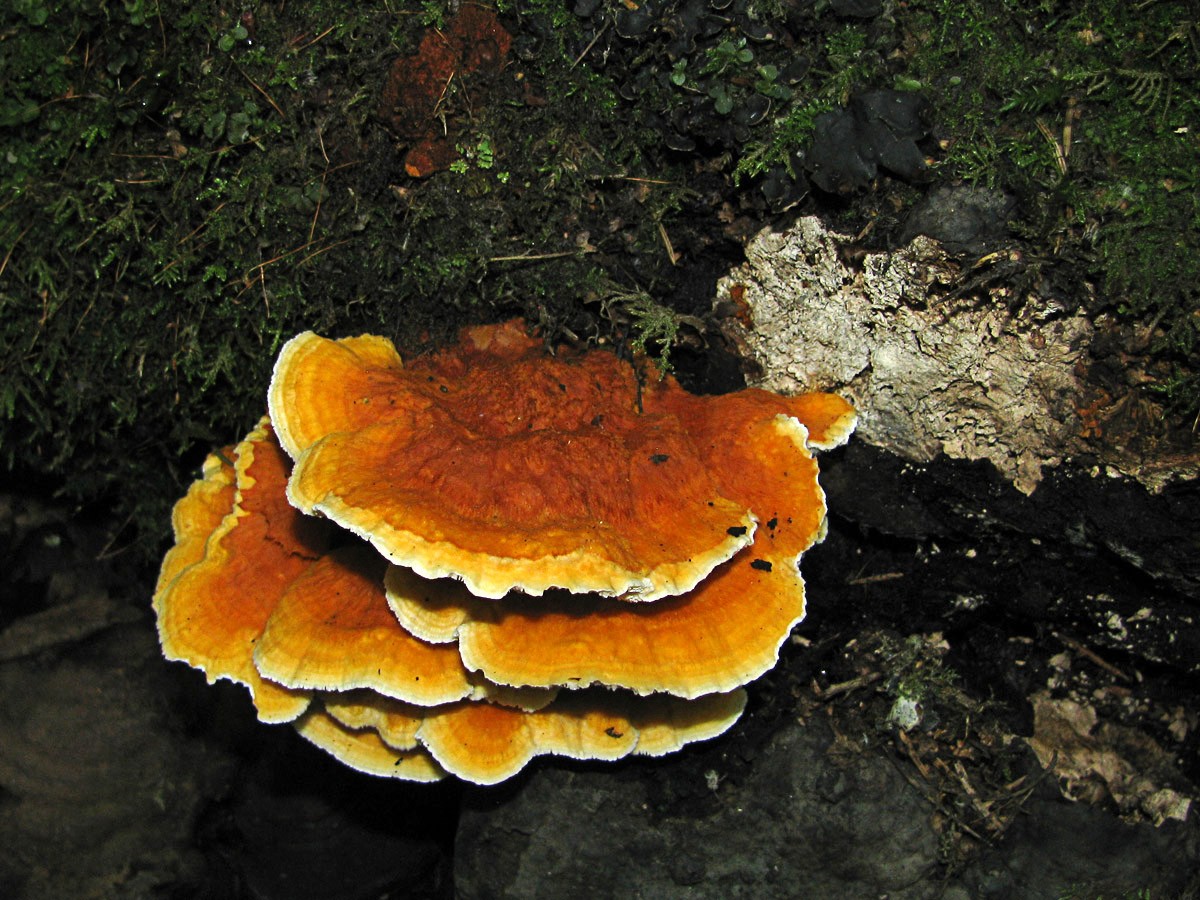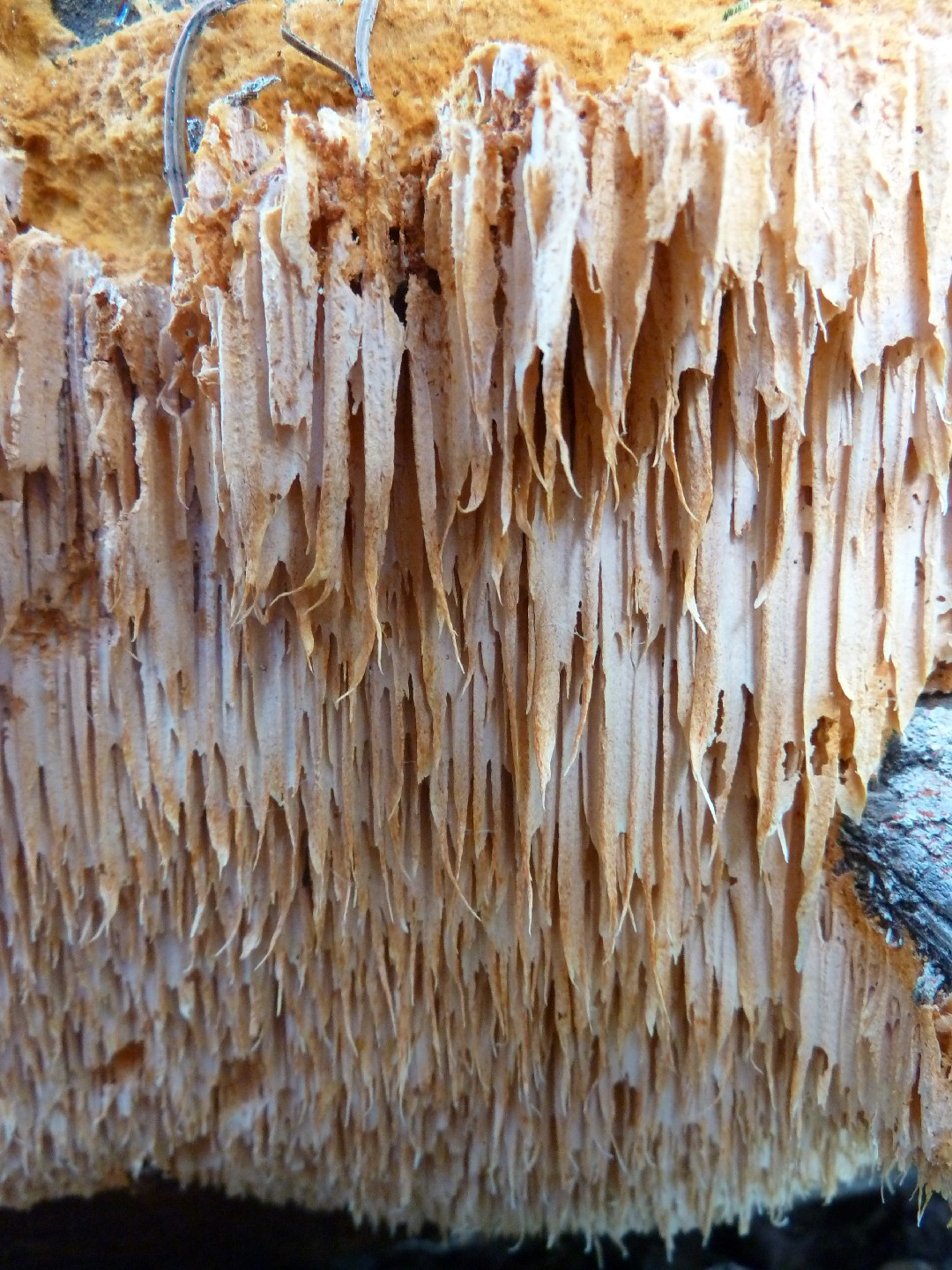Pycnoporellus
Scientific name: Pycnoporellus
Pycnoporellus
Scientific name: Pycnoporellus
 Photo By Iv Merlu (Merlu) , used under CC-BY-SA-3.0 /Cropped and compressed from original
Photo By Iv Merlu (Merlu) , used under CC-BY-SA-3.0 /Cropped and compressed from original Description
The group pycnoporellus is known for its vivid orange to reddish fruit bodies that can add a splash of color to forested areas. These fungi are often found on decaying wood, breaking it down and contributing to nutrient cycling within their ecosystems. Pycnoporellus also has an interesting ability to form intricate pore patterns on the underside of its caps, which aids in spore dispersal.
Species of Pycnoporellus
Care Guide for Pycnoporellus
Scientific Classification
Phylum
Club fungi Class
Mushroom-forming fungi Order
Shelf fungi Family
Bracket polypores Genus
Pycnoporellus 